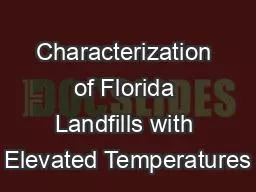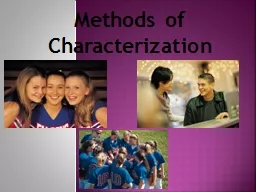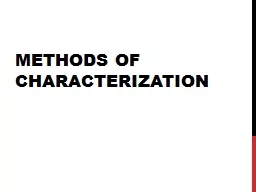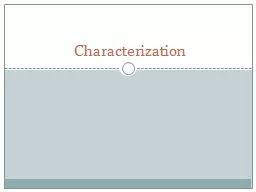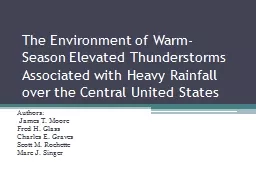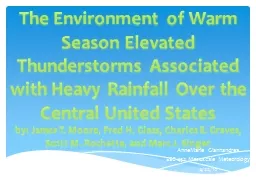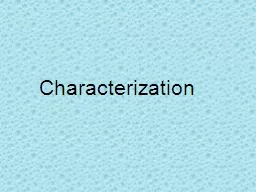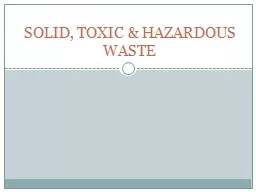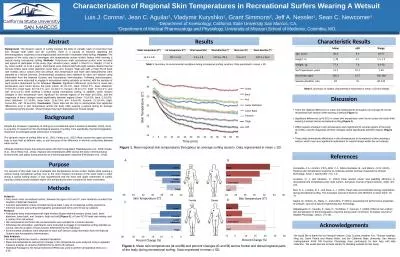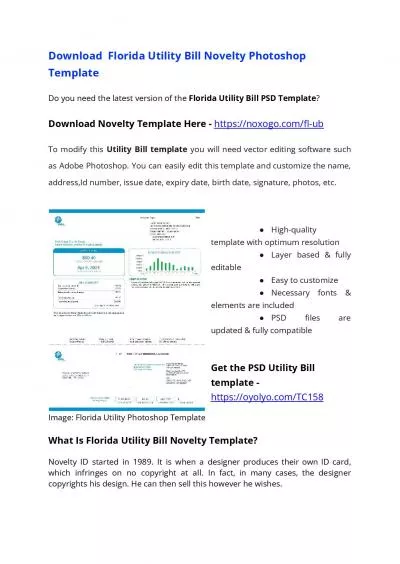PPT-Characterization of Florida Landfills with Elevated Temperatures
Author : welnews | Published Date : 2020-06-26
Debra Reinhart PhD PE BCEE Ryan Joslyn Department of Civil Environmental and Construction Engineering University of Central Florida Orlando FL TAG Meeting November
Presentation Embed Code
Download Presentation
Download Presentation The PPT/PDF document "Characterization of Florida Landfills wi..." is the property of its rightful owner. Permission is granted to download and print the materials on this website for personal, non-commercial use only, and to display it on your personal computer provided you do not modify the materials and that you retain all copyright notices contained in the materials. By downloading content from our website, you accept the terms of this agreement.
Characterization of Florida Landfills with Elevated Temperatures: Transcript
Download Rules Of Document
"Characterization of Florida Landfills with Elevated Temperatures"The content belongs to its owner. You may download and print it for personal use, without modification, and keep all copyright notices. By downloading, you agree to these terms.
Related Documents

